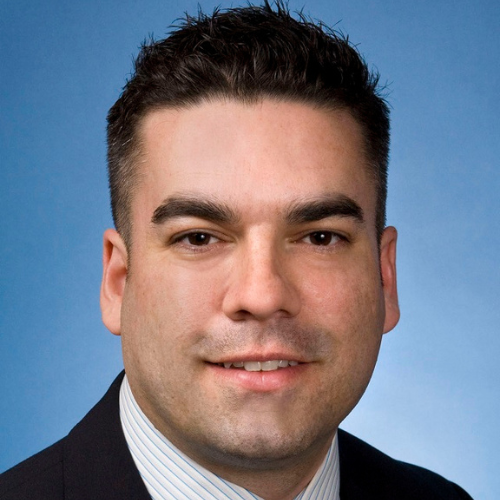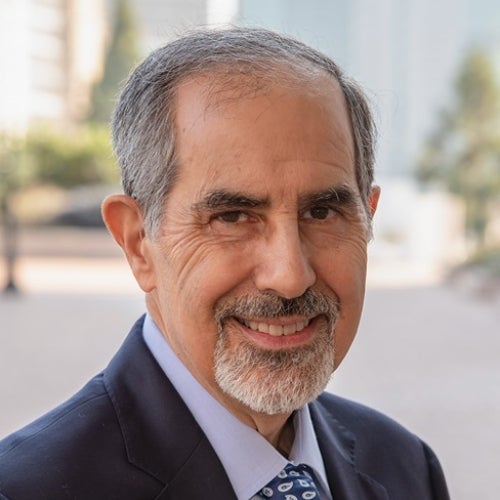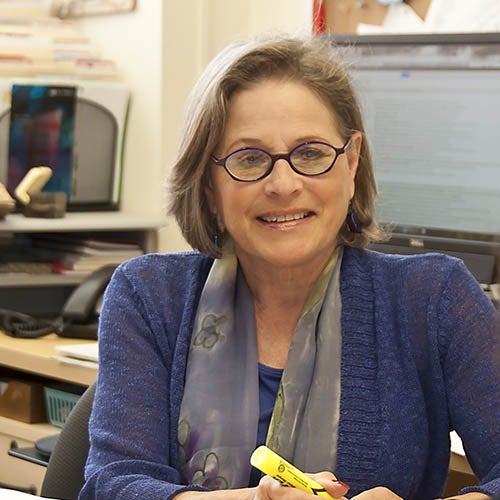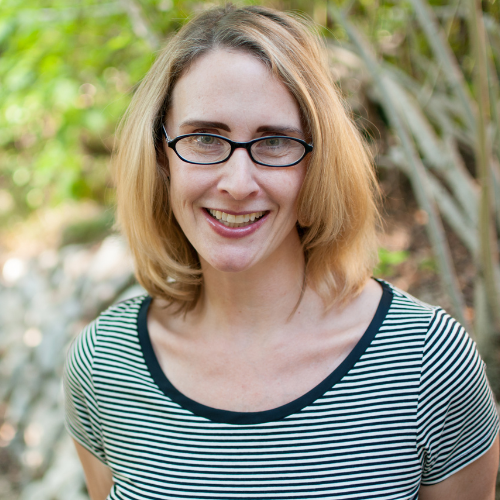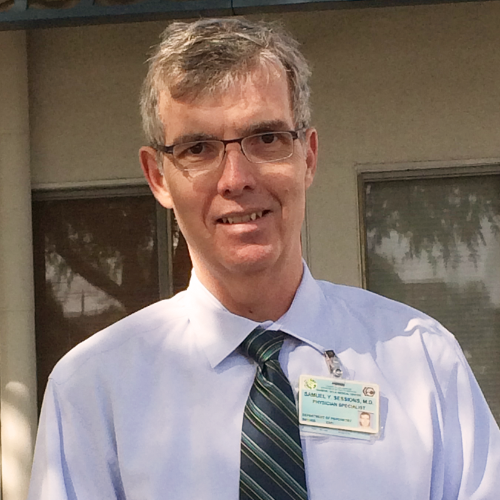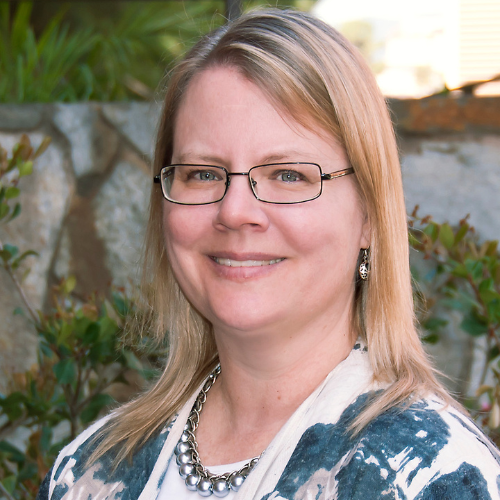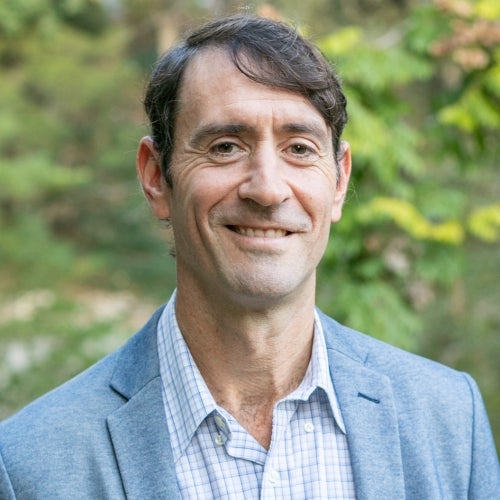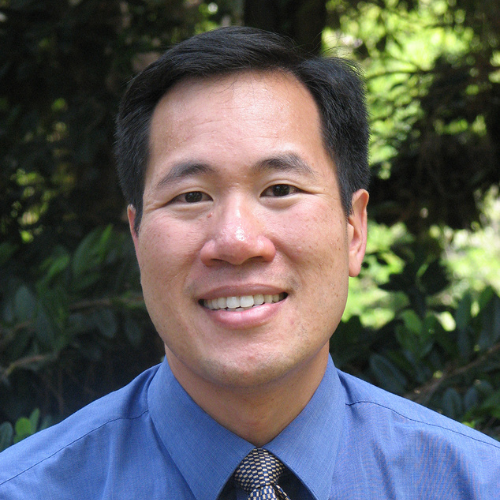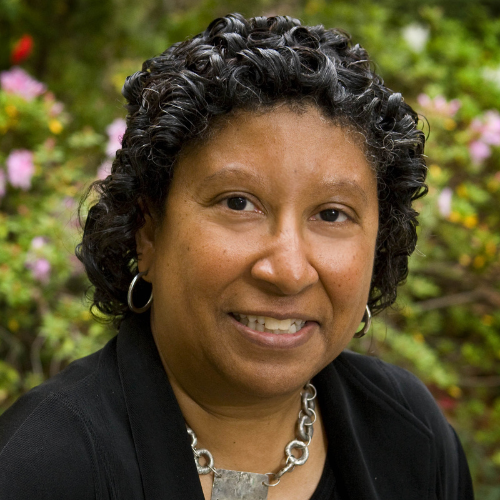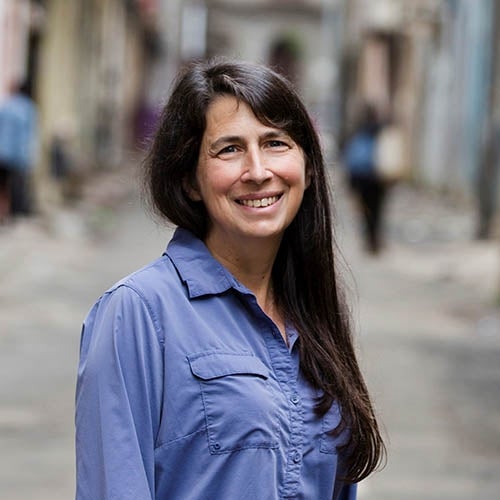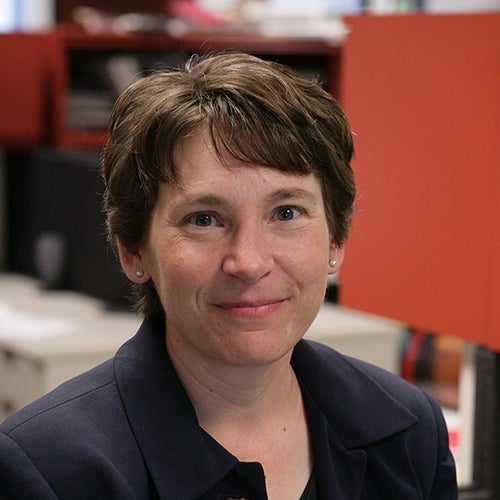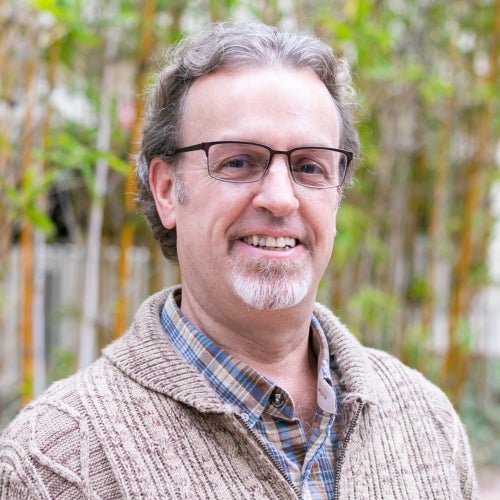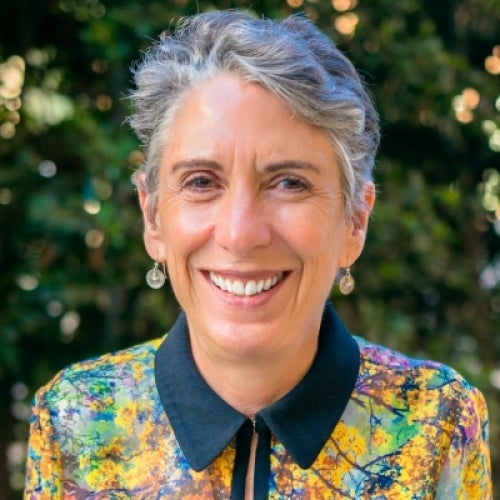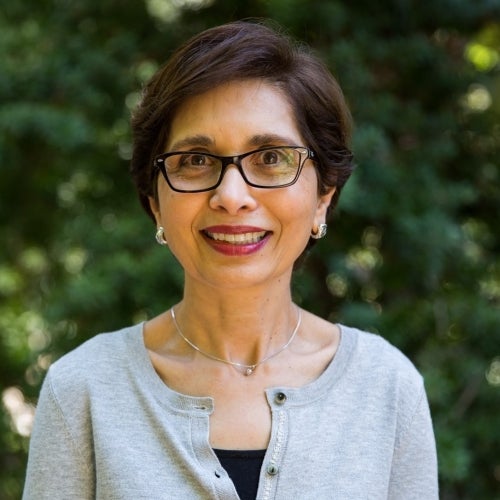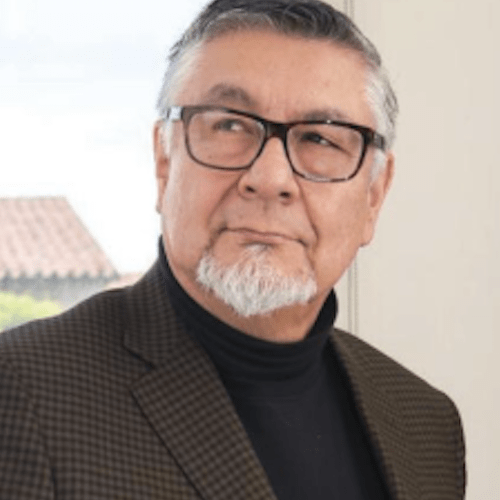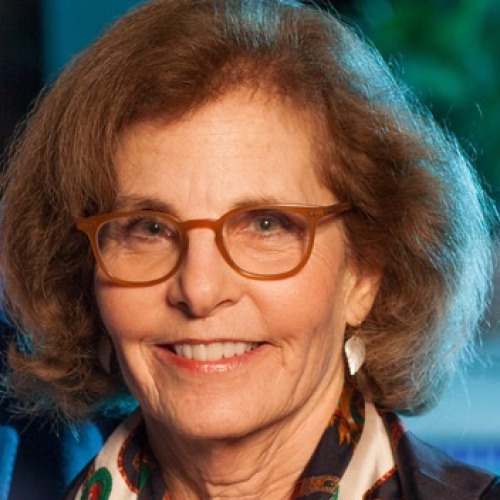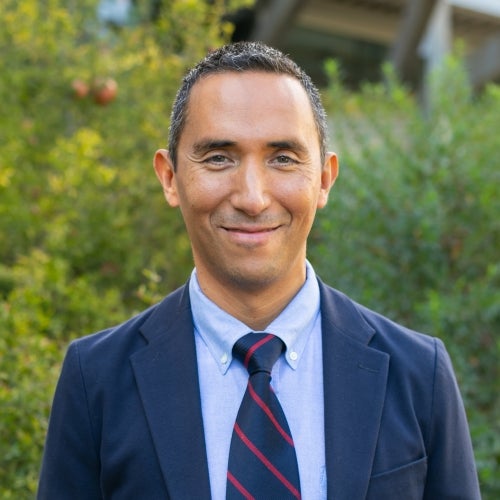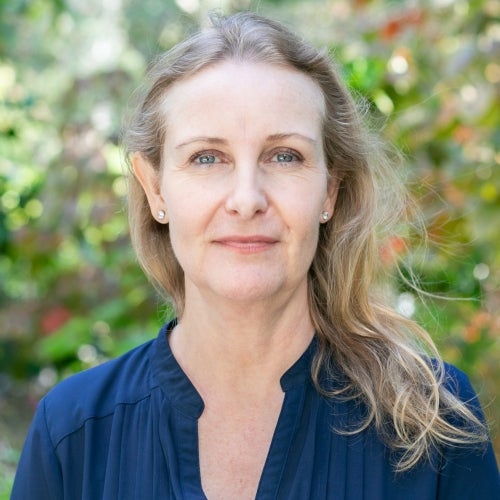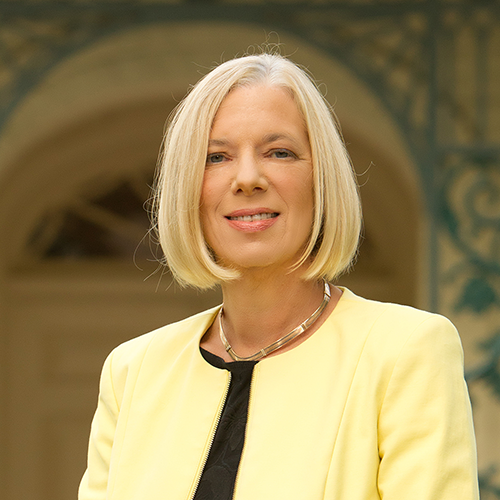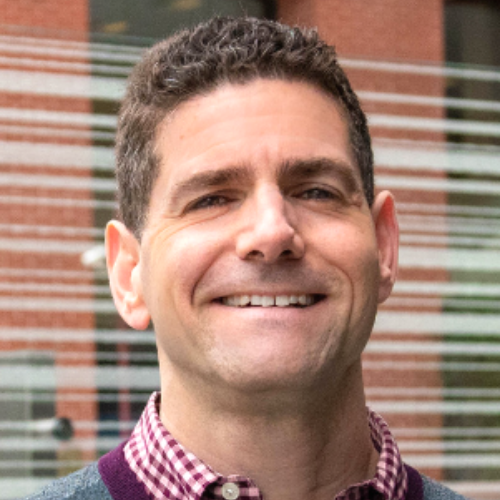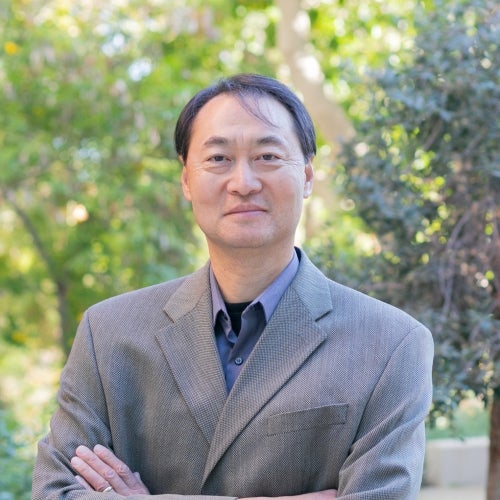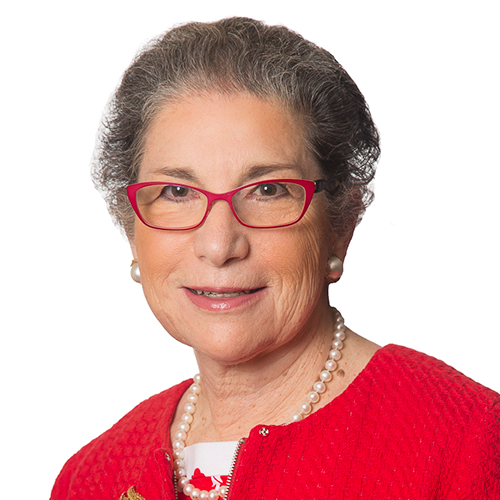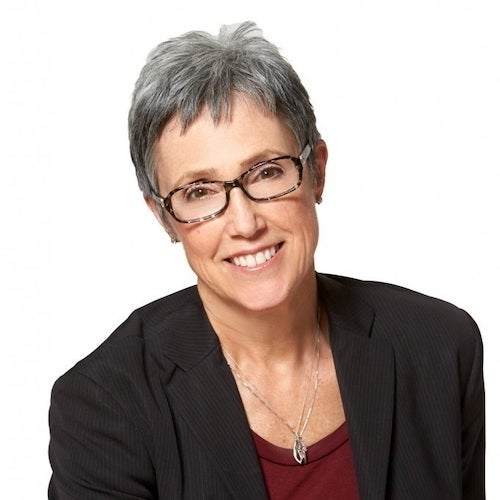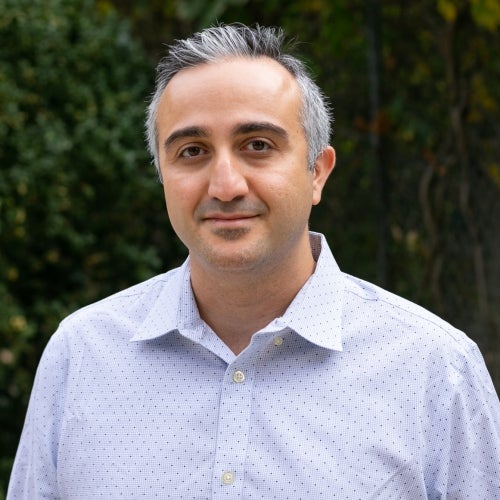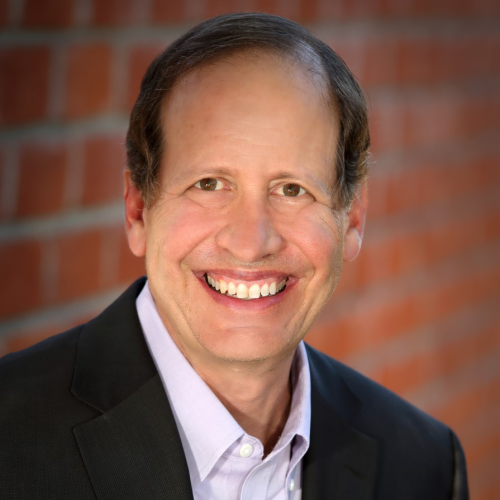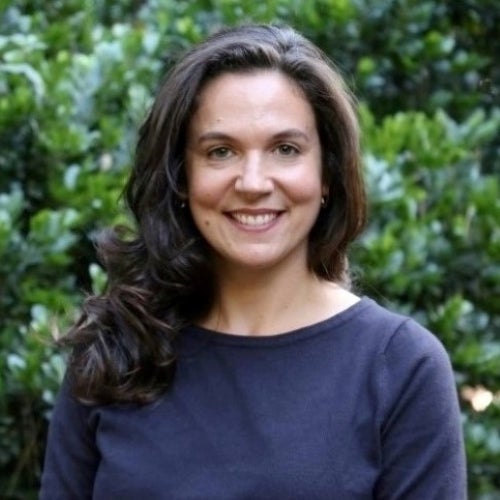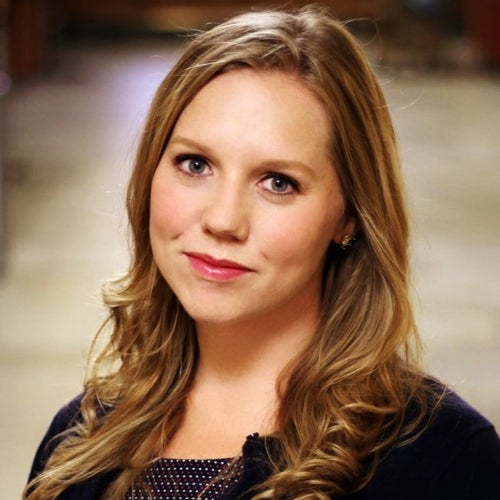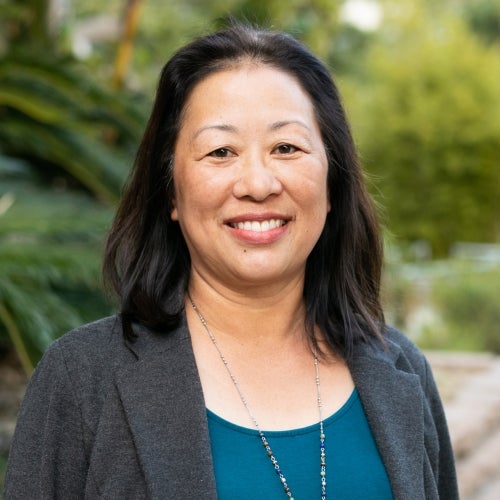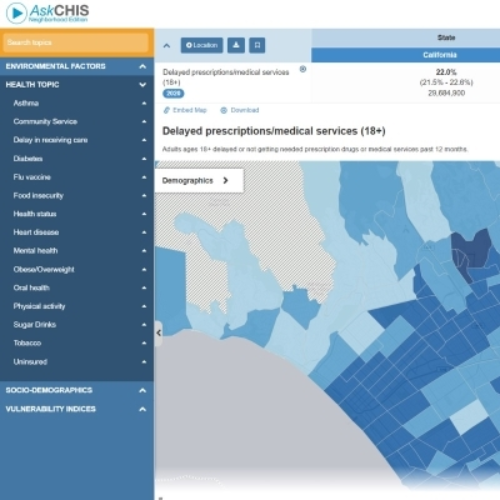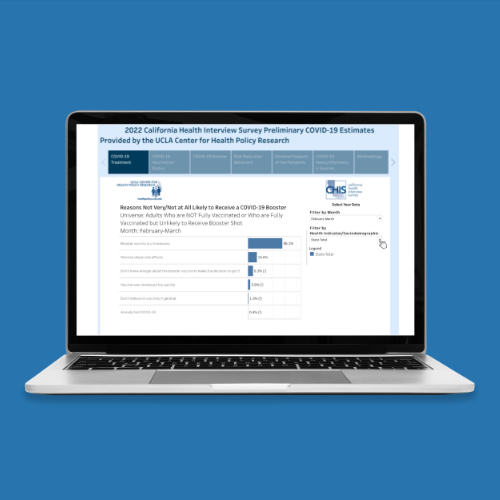UCLA report: Reimagining the future of health and wellness in California
A report by a UCLA team led by Dr. Ninez Ponce helps to point the way toward greater access and equity as part of statewide initiative.

Will all Californians have a chance to enjoy good health in the coming 100 years? What steps can policymakers and healthcare leaders take to make that happen?
These questions are tackled in a time-jumping research report released today by the UCLA Fielding School of Public Health's UCLA Center for Health Policy Research and supported by a grant from California 100, a new statewide initiative focused on inspiring a vision and strategy for California’s next 100 years that is innovative, sustainable and equitable.
“What health and wellness looks like for our great-grandchildren depends on what steps the state’s leaders take now and in the near future,” said Dr. Ninez Ponce, UCLA Fielding School professor of health policy and management, director of the center, and lead author of the report.
The UCLA team examined the state of modern health and healthcare in California, the historical policy decisions and societal shifts that created the current situation, and trends influencing change in the existing environment. Working with community-based experts and stakeholders, the team focused on seven topic areas: (1) health systems and public programs, (2) insurance coverage and markets, (3) environmental influences, (4) chronic conditions and mental health, (5) child and adolescent health, (6) aging residents and (7) racial justice and immigrant populations.
Two factors that affect future health are whether leaders in the state will define “health” in broad or narrow terms and whether health systems are interoperable, meaning they can exchange and make use of information together, according to the report. Depending on those definitions, the authors say, California has four possible health system scenarios in the future:
- Scenario 1: Patchwork of well-being
(broad definition of health | lower interoperability)
More than just clinical care limited to an individual, this localized health system recognizes factors that lead to health disparities and supports connections between housing, education, employment and health at the community level.
- Scenario 2: Uniform health and wellness
(broad definition of health | higher interoperability)
In this system, health and wellness include an understanding of the social determinants of health and are scaled for the whole state population. Health is highly integrated with social needs such as housing and education, and there is little regional variation in health and social services systems.
- Scenario 3: Sickness systems
(narrow definition of health | lower interoperability)
Health care focuses on clinical care for sick individuals and emphasizes individual responsibility for health. There is little integration with specialty or primary care, limited focus on prevention and no larger interest in community health.
- Scenario 4: Effective sickness systems
(narrow definition of health | higher interoperability)
Health care focuses on individualized care. A one-stop shop for all health care needs, this approach emphasizes clinical care solutions and individual responsibility to improve health outcomes but does not address community-level health disparities and inequities.
“We began this process with a question: What progress has California made to ensure that all people have reasonably equal access to covered services, and how can the state ensure health equity in the future?” Ponce said. "No single policy will improve health for all; rather it is a broad collection of influences that will ultimately determine outcomes.”
Ponce will share details and discuss potential developments from the report in a panel discussion on Monday, April 25.
The research on health and wellness is part of the broader California 100 initiative, developed at the University of California and Stanford University, which seeks long-term innovative and equitable strategies for the state in a number of areas, from health and education to transportation, immigration and the economy. The initiative awarded grants to 18 centers and institutes in California to examine future scenarios that have the potential to shape the state over the next century. The first California 100 reports were released March 29, and remaining reports will be released over the coming months.
“After months of diligent research by our partners across the state, we are excited to share their findings with the public to kickstart a conversation about the policy options we can take to create an inclusive, equitable and sustainable California,” said Dr. Karthick Ramakrishnan, executive director of California 100. “Our research partners engaged a diverse group of stakeholders in their work, and it will take all of them and all of us to take this work and make it actionable today — to influence tomorrow.”
The California 100 research will later be tested through deliberative polling exercises and engagement sessions directly with Californians in the summer of 2022 and into 2023 to inform a vision and policy strategy for the state’s future.
by Venetia Lai
The UCLA Fielding School of Public Health, founded in 1961, is dedicated to enhancing the public's health by conducting innovative research, training future leaders and health professionals from diverse backgrounds, translating research into policy and practice, and serving our local communities and the communities of the nation and the world. The school has 761 students from 26 nations engaged in carrying out the vision of building healthy futures in greater Los Angeles, California, the nation and the world.
Faculty Referenced by this Article
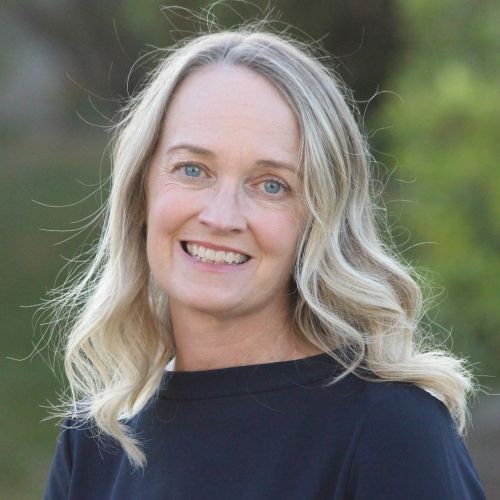
EMPH Academic Program Director with expertise in healthcare marketing, finance, and reproductive health policy, teaching in the EMPH, MPH, MHA program

Professor of Community Health Sciences & Health Policy and Management, and Associate Dean for Research
Nationally recognized health services researcher and sociomedical scientist with 25+ years' experience in effectiveness and implementation research.

Dr. Ron Andersen is the Wasserman Professor Emeritus in the UCLA Departments of Health Policy and Management.

Dr. Michelle S. Keller is a health services researcher whose research focuses on the use and prescribing of high-risk medications.


